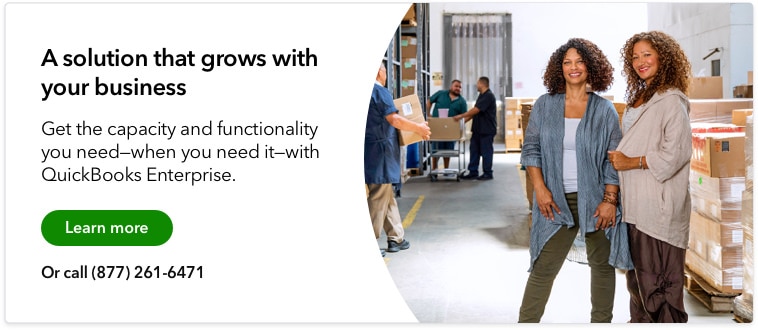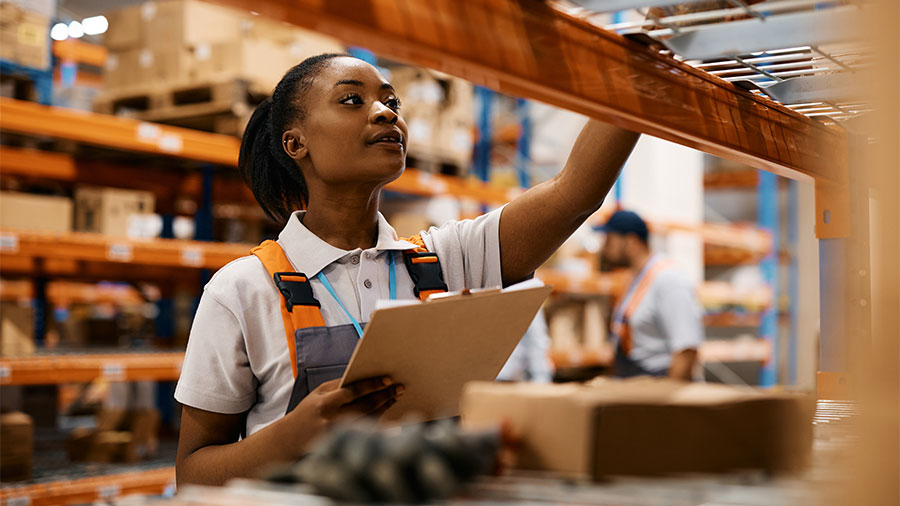Creating an environmentally sustainable business as a retailer is inherently tricky. As Home Depot’s chief sustainability officer stated in early 2022, “There really is no such thing as an environmentally friendly company.”
Sustainability has become a growing concern among consumers, and some more conscientious buyers are looking to both big and small retailers to start governing their own sustainability.
Typically, sustainable products are more expensive to manufacture, and in an industry working on tight margins, these cost increases are often challenging to manage.
Can you reduce your environmental impact and incorporate sustainability initiatives in your retail business? Let’s investigate retail sustainability, why it’s essential to invest in it, and some examples of sustainability in action.
What is retail sustainability?
Sustainability is roughly defined as living in such a way that current needs are met without risking the needs and comfort of future generations. As we purchase retail products, the amount of waste through manufacturing and consumption continues to grow as the world’s population grows.
How can retailers become more sustainable? With minor changes happening at all levels of the industry for an extended time.
Why invest in sustainable retail?
The short answer is that sustainability matters to customers. According to a recent survey by Shopify, almost 50% of all customers choose to purchase from companies that have a stated commitment to sustainability. And in a study by Deloitte, customers that chose to purchase a more sustainable product also paid at least 30% more for it. In another study by Forrester Research, 40% of companies are investing in sustainable packaging and 35% plan to invest in long-term sustainability goals and strategies.
So, not only does sustainability matter to a growing cohort of customers, but by ignoring sustainability initiatives, your business could soon be outpaced by your competitors.
5 Examples of retail sustainability
A more sustainable retailer is possible. Even small initiatives can lead to significant impacts. Here are some real-life examples of successful retail sustainability efforts.
Switch to sustainable packaging
Sustainable packaging has been one of the most prominent strategies adopted by various companies looking to lessen their environmental impact. Even companies as large as Disney have foregone plastic packaging to be more sustainable.
Other examples include biodegradable packing materials, like substituting packing peanuts for ones that will degrade. The goal here is to lessen the amount of waste that will sit in landfills for years. Ecommerce brands can make a huge impact by making this switch.
Start with more sustainable supplies
Seek out and work with suppliers and brands who have already made a commitment to sustainability and who are following through. By optimizing your supply chain strategy for sustainability, you are helping to perpetuate a cycle of sustainable practices that can serve as a model for others and help these early adopters stay afloat.
Recycle and reuse
Recycling isn’t just for cans and bottles anymore. Many retailers and brands have started recycling programs that allow customers to return their used goods for store credit. IKEA Canada has a recycling program for its furniture; Target offers parents the chance to return and replace their children’s clothing up to one year after purchase; and H&M has been collecting used and unwanted garments since 2013 to prevent them from ending up in a landfill.
Second hand is the new firsthand
Thrift stores have always held a certain cache with fashionable young adults or families and individuals looking for quality items at discounted prices. This second-hand approach has grown rapidly in popularity over the last few years, especially with the rise of reselling purveyors like Thred Up and Poshmark. In fact, Poshmarkwas just sold for $1.2 billion, proving that second-hand is not only fashionable but profitable.
Utilize eco-friendly shipping and delivery options
More than 10 billion metric tons of freight are moved across the sea every year. And those ships generate nearly 3% of all greenhouse gas emissions. Many scientists can trace climate change directly back to these types of emissions, making the need to reduce them even more important.
But unfortunately, air shipping and ground delivery aren’t much better. Working with last-mile carriers that have pledged to lower their carbon footprint enables your company to also lower its impact. Additionally, more and more consumers are conscious of the impact these deliveries have on the environment. Reduce the number of same-day deliveries and consolidate larger orders to reduce the number of deliveries that you need to make.
Even large carriers like Amazon have acknowledged this problem and have pledged to get at least half of their deliveries to net zero carbon emission by 2030.
3 Ways to start with sustainable retail efforts
Investing in ESG (environmental, social and governance) efforts requires a shift in the mindset of your organization and your employees. Everyone must acknowledge that they are a contributor to creating a sustainable business.
Once you have senior leadership buy-in and have communicated your sustainability intentions to your employees, here are three more steps you can take to start your sustainable retail efforts.
Set actionable goals for sustainability
To avoid just giving lip service to sustainability, you must set actionable and measurable goals for your sustainability efforts and then hold yourself accountable with metrics and follow-up. Assign people in your organization to take on this task and give them the time and resources they need to be successful. This is a must-have as we move into a more conscientious era.
Start with small, easy-to-implement goals
It can be easy to make grand proclamations about your sustainability efforts, but you don’t want to be accused of greenwashing. Businesses are being held accountable these days by shareholders and customers. Set small goals for your organization, such as going paperless, installing eco-friendly lighting and HVAC systems, and using more sustainable products.
Look for in-store opportunities to enhance sustainability. Installing solar panels, looking for repurposed fixtures, and examining ways to reduce your water consumption are all ways to make a significant difference.
Collaborate with others
Work with your retail supply chain and suppliers to see what types of steps can be implemented to be more sustainable. If you work with a 3PL or distribution center, speak with them about their options for sustainable packaging. Discuss lower emission delivery options and understand the cost of implementation.
With a centralized dashboard for vendor information, QuickBooks Enterprise enables your team to optimize purchasing from vendors who share your values. With an
How QuickBooks Enterprise can support your retail sustainability efforts
QuickBooks Enterprise is known for its ability to track numbers and expenses. It also has the capability of tracking your sustainability initiatives in black and white, giving you more insight into how well you’re meeting your KPIs.
Quickbooks can track a variety of sustainability measures, including:
- Energy savings in kilowatts or cCF/Therms
- Recycling levels and activity
- Volunteer hours
- Number of sustainable vendors
With further data analysis, it’s possible to measure your improvements and truly understand your company’s impact on retail sustainability.
Final thoughts
Retail sustainability will continue to be a concern for businesses and consumers alike. Organizations that adapt early and learn how to be more sustainable by working with green vendors, using more sustainable materials, and implementing change throughout their organization will be positioned for ongoing success when the rest of the world begins to catch up.














